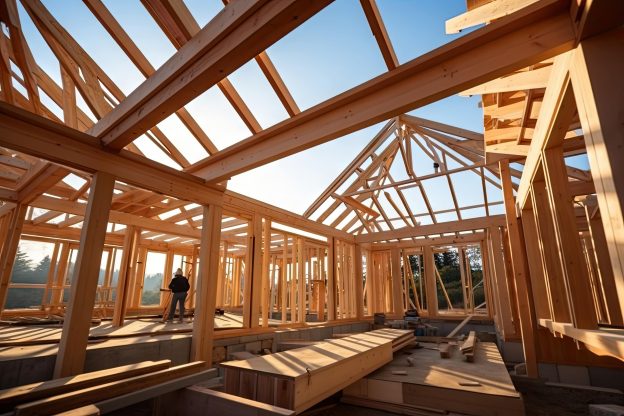Building a house is a dream for many, but turning that dream into reality requires meticulous planning and budgeting. This guide will walk you through the essential steps to ensure your home-building project stays on budget and stress-free.
Initial Planning
Before diving into the financials, it’s crucial to define what you want from your new home. Consider the number of bedrooms and bathrooms, the total square footage, and any must-have features. Opting for a ready-made house plan can save time and money, offering a clear starting point for your budget.
Setting a Budget
- Get Pre-Approved: Secure a construction loan to understand your budget limits. This step will help set realistic financial boundaries for your project.
- Include a Contingency Fee: Unexpected costs are common in home-building projects. To cover these, add a 15-20% contingency fee to your budget.

Cost Breakdown
Lot Costs: The price of the land, its condition, and preparation needs can significantly impact your budget—factor in utilities and any required lot improvements.
Design Fees: Design fees can vary depending on whether you choose an architect or a design-build firm. For ready-made plans, consider additional costs for any necessary modifications.
Construction Costs: These include everything from the foundation and framing to roofing and mechanical systems. Site work, such as clearing the lot and grading, is also a significant part of construction costs.
Hard vs. Soft Costs
When planning how to budget for building a house, it’s helpful to categorize expenses into hard and soft costs.
- Hard Costs: These are direct construction expenses, including labor and materials.
- Soft Costs: These include land purchase, engineering, permits, taxes, and other non-material expenses. They can often make up a substantial portion of the overall budget.
Detailed Budget Items
Exterior Finishes: Roofing, windows, doors, and exterior wall finishes are major contributors to your budget.
Interior Finishes include insulation, drywall, trim, lighting, appliances, and cabinetry. They are often the most expensive part of the building process.
Landscaping: Don’t forget to budget for landscaping. Garden walls, extensive planting, and other exterior improvements can add significant costs.
Managing the Budget
Track Deviations: Keep meticulous records of any changes to the initial plan and their associated costs to avoid unpleasant surprises.
Regular Updates: Continually update your budget as the project progresses. Regularly revisiting your financial plan helps ensure you stay on track.
Cost-Saving Tips
Energy Efficiency: Investing in energy-efficient insulation, windows, and appliances can reduce long-term costs. Proper sealing and insulation, energy-efficient windows, and smart home systems are excellent investments.
Ready-to-Build Plans: Save on design costs by selecting ready-made plans. These plans often come with pre-determined material lists, which can help provide more accurate cost estimates.
Conclusion
Thorough budgeting is essential to successfully build your dream home without financial stress. By following these steps and regularly consulting with professionals, you can create a realistic budget that accommodates your needs and helps ensure a smooth building process.

